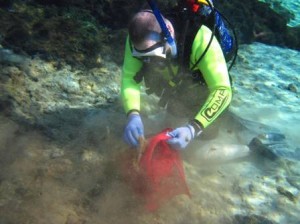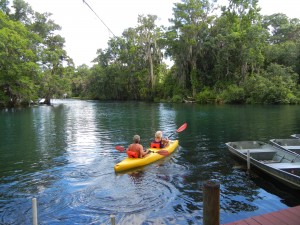The Florida Department of Environmental Protection (DEP) approved adding three first-magnitude spring systems — Weeki Wachee River, Chassahowitzka River and Homosassa River — to the Surface Water Improvement and Management (SWIM) Program priority list.
The existing SWIM Program priority list includes two first-magnitude spring systems – Rainbow River and Crystal River/Kings Bay. The DEP approval brings all five of the District’s first-magnitude spring systems onto the SWIM Program priority list.

In 1987, the Florida Legislature created the SWIM Act to protect, restore and maintain Florida’s highly threatened surface water bodies. Under this act, the state’s five water management districts identify a list of priority water bodies within their authority and implement plans to improve them.
Improving northern coastal spring systems is a District priority and adding these springs on the District’s SWIM list will allow staff to better prioritize projects, programs and funding to improve water resources. These spring groups are important for their ecological value and economic impact.
District staff now will craft a SWIM management plan for each of the first-magnitude spring systems with the newly formed Springs Coast Steering Committee to identify management actions, estimated costs, and responsibilities. Staff will then implement the strategies with District partners.

First-magnitude spring groups discharge 64.6 million gallons of water per day or more. Together, all five of the District’s first-magnitude spring groups discharge more than one billion gallons of water per day.
SWIM projects focus on reducing the pollution in stormwater runoff by reducing excess nutrients and other pollutants, which affect water quality. The District and its partners have implemented projects which have provided water quality treatment of more than 145,000 acres of watershed. SWIM projects also restore degraded or destroyed natural systems, enhance existing habitats and promote the preservation of natural habitats. Since 1987, the SWIM Program has restored more than 10,923 acres of freshwater, estuarine and upland habitat.
To learn more about the District’s spring systems, visit WaterMatters.org/Springs
